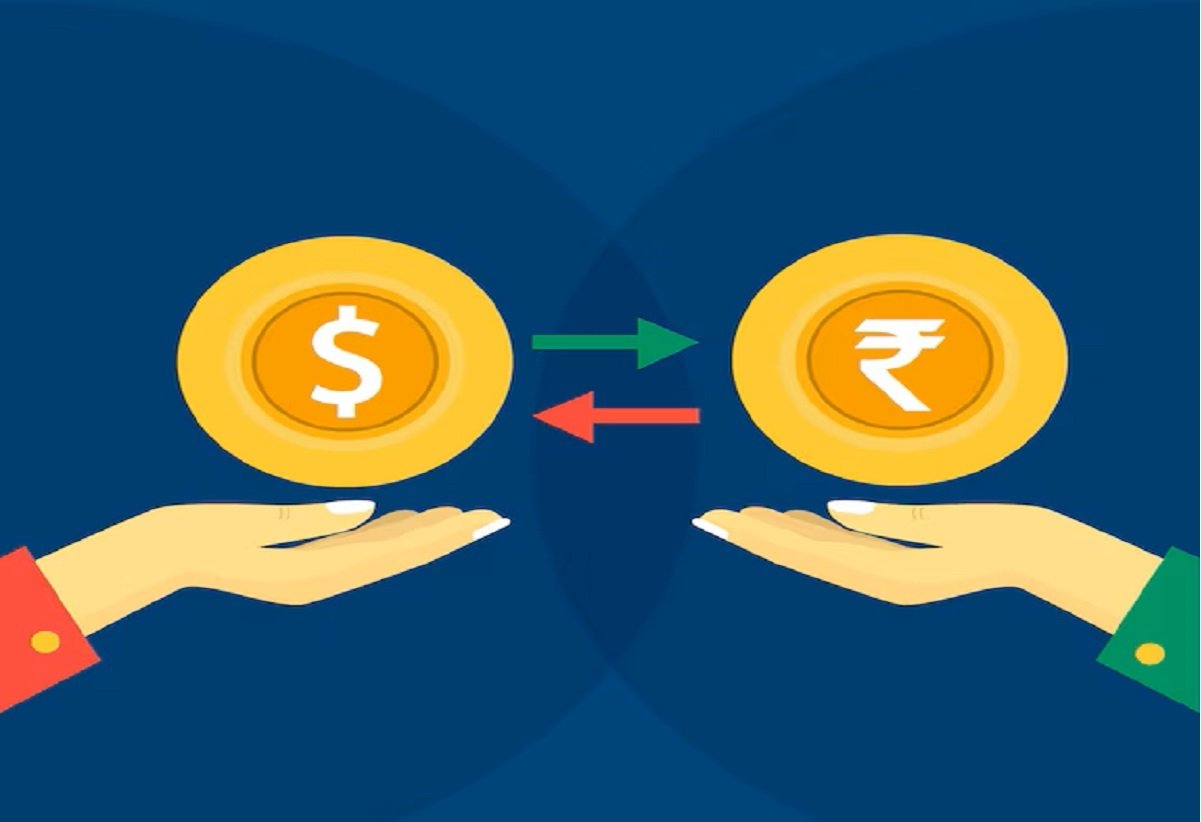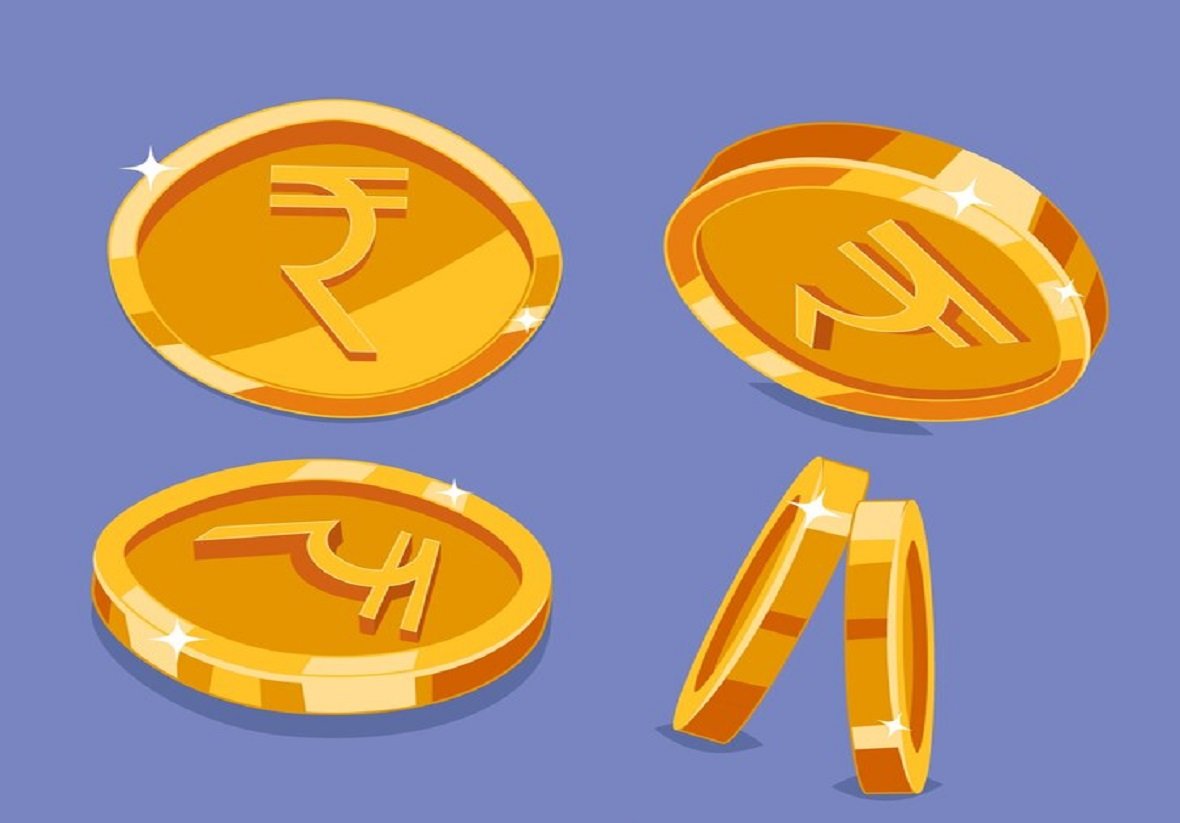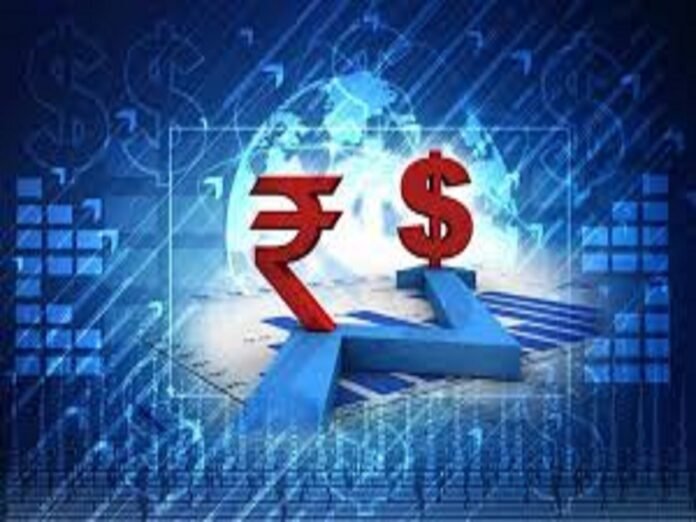Introduction:
Dollar vs Rupees is the value of the Indian Rupee (INR) against the US Dollar (USD) has long been a topic of concern and debate. With the rising price of the dollar, many fear that the Indian economy may face significant challenges.
While it’s tempting to wish for a simple solution—such as making 1 USD equal to 1 INR—the reality is far more complex. This article explores why the rupee is falling, what determines its value, and the potential solutions to this problem.
Why Is the Dollar Getting Stronger?
The strengthening of the dollar can be attributed to several global economic factors:
-
Demand for Dollar
-
54% of global export invoicing is done in USD.
-
58% of global forex reserves are held in dollars.
-
88% of international trade transactions involve the dollar.
-
With such high demand, the dollar naturally gains strength, making it more expensive relative to other currencies.
-
Impact of MAGA (Make America Great Again)
-
Former US President Donald Trump’s policies aimed at boosting the American economy played a significant role.
-
Lower-income taxes reduced H1B visas, and high tariffs on Chinese imports attracted global investors to America.
-
As investors moved their money to the US, the currencies of other countries, including India, weakened.
-
-
Global Dominance of American Companies
-
American companies dominate key sectors: 44% of global finance, 55% of healthcare, and 73% of tech are controlled by American firms.
-
This dominance further strengthens the dollar, while weakening other currencies like the rupee.
-
Understanding Currency Value: Exchange Rate Misconception
There is a common misconception that a stronger currency equals a stronger economy. However, this is not always true. For example:
-
Bahrain’s Dinar: Despite having a high exchange rate (1 BHD = 2.6 USD), Bahrain is a small country with limited global influence.
-
Japan, Korea, and Vietnam: These countries have lower exchange rates (157 JPY, 1,400 KRW, and 23,000 VND per USD, respectively) but are economically advanced.
-
Afghanistan’s Afghani: Even though its exchange rate is stronger than the rupee (68 AFN per USD), Afghanistan’s economy is weaker.
Thus, the exchange rate alone does not determine a country’s strength. What matters is the Purchasing Power Parity (PPP), which reflects the real cost of goods and services in different countries.
How Is the Exchange Rate Determined?
There are three primary methods for determining exchange rates:
-
Fixed Exchange Rate
-
Used by countries like the UAE, where the central bank fixes the exchange rate.
-
-
Floating Exchange Rate
-
Used by countries like Japan, where market forces determine the exchange rate.
-
-
Managed Floating Exchange Rate
-
Used by India, where the Reserve Bank of India (RBI) intervenes to keep the exchange rate within a range.
-

To stabilize the rupee, the RBI can either:
-
Increase dollar supply by selling dollars from its reserves.
-
Increase rupee demand by lowering interest rates and encouraging investment.
The Impact of a Rising Dollar
A rising dollar vs rupee impacts everyone, from businesses to common citizens:
-
Higher Fuel Costs
-
India imports 87% of its oil, paying in dollars.
-
As the rupee weakens, oil becomes more expensive, leading to higher fuel prices.
-
-
Inflation
-
Higher fuel costs increase Dollar vs Rupee transportation expenses, raising the price of goods, including essentials like vegetables.
-
-
Business Costs
-
Companies with dollar-denominated loans face higher repayment costs as the rupee weakens.
-
India’s external debt of $682 billion becomes costlier, adding $5 billion more due to a 7.5% increase in exchange rates.
-
Solutions to Strengthen the Rupee
While there is no magic solution, several steps can help improve the rupee’s value:
1. Increase Demand for Rupee
-
The government must make India attractive for foreign investments by improving the ease of doing business.
-
Focus on the “Make in India” initiative to boost local manufacturing and reduce imports.
2. Public-Private Partnerships
-
Historically, India was a global leader in trade, contributing 25% of the world’s GDP.
-
By promoting unique Indian products like Alphonso mangoes and spices through public-private partnerships, India can increase exports and demand for the rupee.
3. Boost Tourism
-
Despite its diverse landscapes, India receives fewer tourists than a single city like Dubai.
-
Promoting tourism can bring in foreign exchange, boosting the dollar vs rupee.
-
Citizens can contribute by inviting their NRI friends and relatives to visit India.

Conclusion: Building Long-Term Strength
The falling rupee is a symptom of deeper economic issues. Strengthening the dollar vs rupee requires boosting India’s value on the global stage through increased exports, foreign investments, and tourism.
While re-denomination (removing zeros) might visually alter the exchange rate, real change will come only when India becomes a global economic powerhouse.
As citizens, we can contribute by promoting Indian products and inviting NRIs to visit. Together, we can strengthen the rupee and build a stronger economy.
image sources: CBNC 18










































